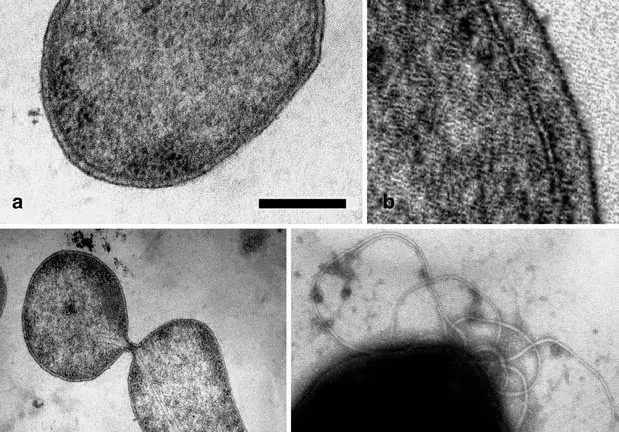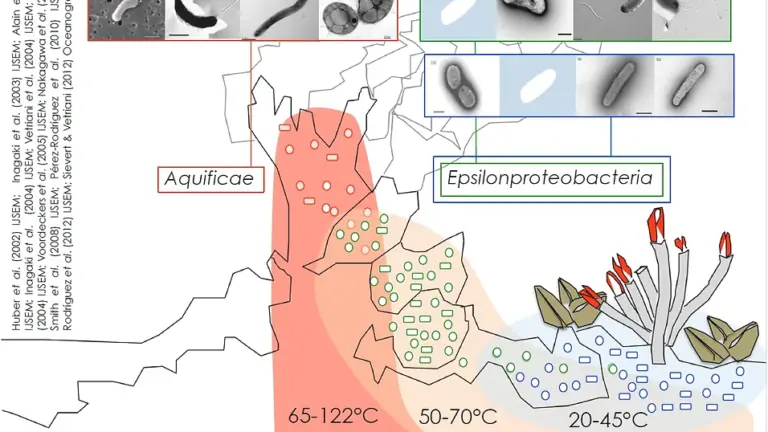“To know it is to grow it” is a central tenet in microbiology. However, very few microorganisms from deep subsurface environments or other ‘extreme’ habitats are currently in culture. A successful strategy for us has been to design growth media based on detailed, in situ geochemistry and bioenergetic calculations. This has led to the isolation, full characterization, and publication of several novel taxa: Palaeococcus helgesonii, a hyperthermophilic archaeon from a geothermal well in Italy; Thermogladius shockii, a new hyperthermophilic archaeal genus from a hot spring in Yellowstone National Park; Burkholderia insulsa, a chemolithotrophic bacterium from arsenic-rich shallow-sea hydrothermal sediments in Papua New Guinea; Bacillus rigiliprofundi, an endospore-forming, Mn-oxidizing halophilic bacterium from the deep subseafloor basaltic crust in the south-west Pacific Ocean; and Geothermobacter hydrogeniphilus, an iron(III)-reducing bacterium from a hydrothermal vent at Loihi Seamount. Projects are currently underway to culture and characterize several new taxa, including ones from arsenic-rich sediments on Milos Island (Greece), the former Homestake gold mine in South Dakota, a deep well near Death Valley, sulfidic sediment from the Frasassi Caves (Italy), and sulfidic hot springs from the Valles Caldera (New Mexico). Funded by several NSF and NASA grants, we’re hoping to identify several model organisms for the deep subsurface.
Research Group
 |
 |
| Roman Barco | Heidi Aronson |



